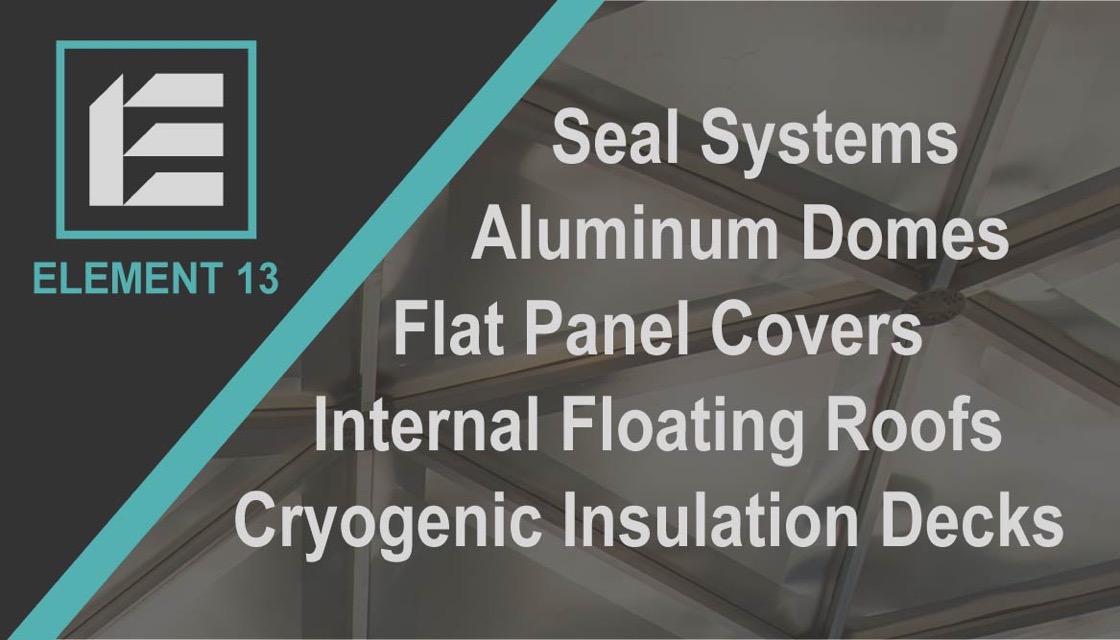Export prices for OCTG from China appear to be softening as the Covid lockdown in Shanghai begins to ease but cases in Beijing are now on the rise.
Confirmation by the US government that 301 tariffs imposed on a range of Chinese products, including OCTG, are being re-evaluated ahead of schedule appears to have provided some counterbalance to weakening currency movements in recent weeks.

Chinese OCTG exporters remain hesitant to drop their initial price offers, however. Current prices for J/K55 casing are in line with previous guidance, down $30-50/ton over the past month.
The OCTG sector in the US continues to struggle with extremely restricted supply in the face of strong demand. Restrictions and duties applied to imports have driven US domestic prices to historic highs.
Production capacity is increasing, however OCTG prices are expected to remain extremely high for the remainder of 2022 and into next year, with seamless tubing and P110 casing among the most impacted products.
Prices for value-added OCTG, including 13Cr, Super 13 chrome and super duplex grades are also rising on a global basis. Most of these corrosion resistant (CRA) grades are manufactured in Japan, where FOB prices have increased.
Imported CRA materials in Brazil, the Middle East and North Sea have shown gentle price increases in recent weeks. Demand and supply dynamics have largely overtaken raw material costs as the primary driver of prices across the product range.
Ongoing supply outages in Ukraine and Russia are expected to support this dynamic in the coming months. As expected, the downturn in steel prices appears to be ending, at least temporarily.
After falling up to 7 percent week on week in the week ending May 13 (in the case of ferrous scrap), prices fell no more than 1.4 percent last week (rebar).
Chinese HRC export prices, meanwhile fell by only 0.8 percent to $746/t.
The impact of COVID-19 restrictions in China last month has become clear this week and explains why prices had been falling so hard in recent weeks. In April, ICE vehicle production, a driver in the particularly flat but also long steel demand in China, fell in half to just 95,200 units; the same level, unsurprisingly, seen during the first national lockdown in February 2020.
Although production may fall shortly, led by the recently depressed demand conditions, the end to lockdown constraints suggests the production recovery may well continue.
For more information visit www.usa.gov















